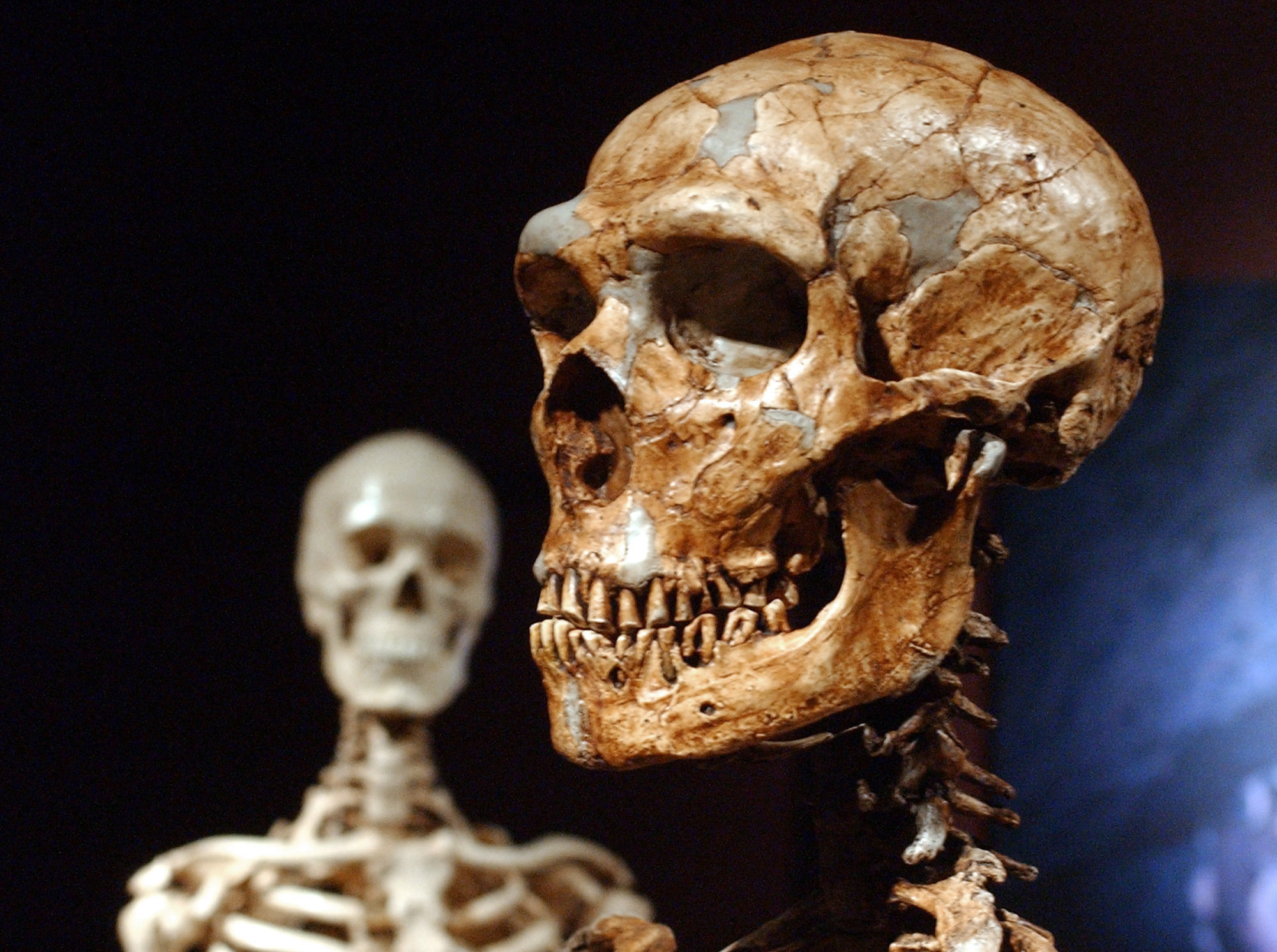
Pop culture often depicts Neanderthals as a misrepresentation of cavemen, as “lower” creatures whose nomadic hunting lifestyle contributed to their extinction. But our idea of extinct “relatives” is starting to change as more and more research shows that Neanderthals resembled our species in many aspects of life.
They knew how to change the landscape around them with fire, were highly skilled hunters, and worked together in much larger groups than paleoanthropologists previously thought.
A recent reassessment of fossil and archaeological evidence has helped paint a new picture of “quite capable” Neanderthals, says Rebecca Sykes, an archaeologist and researcher at the University of Liverpool.
The Neanderthal species was discovered about 150 years ago, and to this day, scientists are identifying bones and teeth of over 400 Neanderthals (their scientific name is Homo neanderthalensis).

These fossils show a lower appearance, with stout chests and limbs. They had longer skulls and prominent cheekbones. “The evidence is piling up, Neanderthals were very different anatomically from us. But when we look at behavioral data, the picture is rather the opposite,” says Chris Stringer, head of research on the origins of the human species at the Natural History Museum in London.
Source: Kathimerini
Ashley Bailey is a talented author and journalist known for her writing on trending topics. Currently working at 247 news reel, she brings readers fresh perspectives on current issues. With her well-researched and thought-provoking articles, she captures the zeitgeist and stays ahead of the latest trends. Ashley’s writing is a must-read for anyone interested in staying up-to-date with the latest developments.